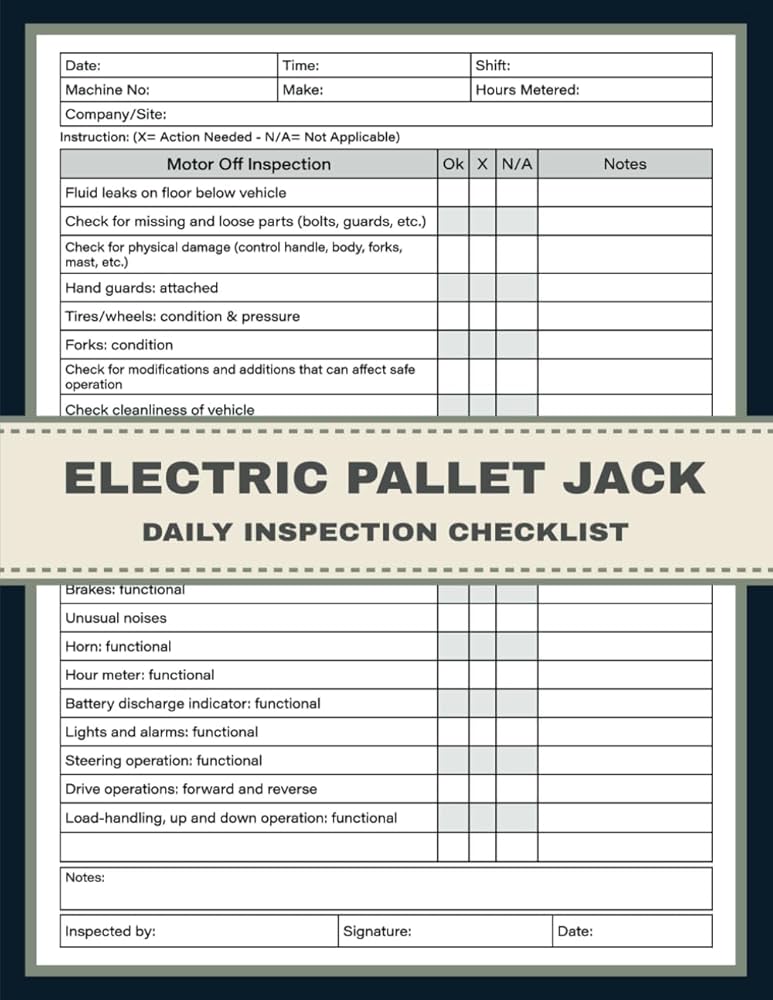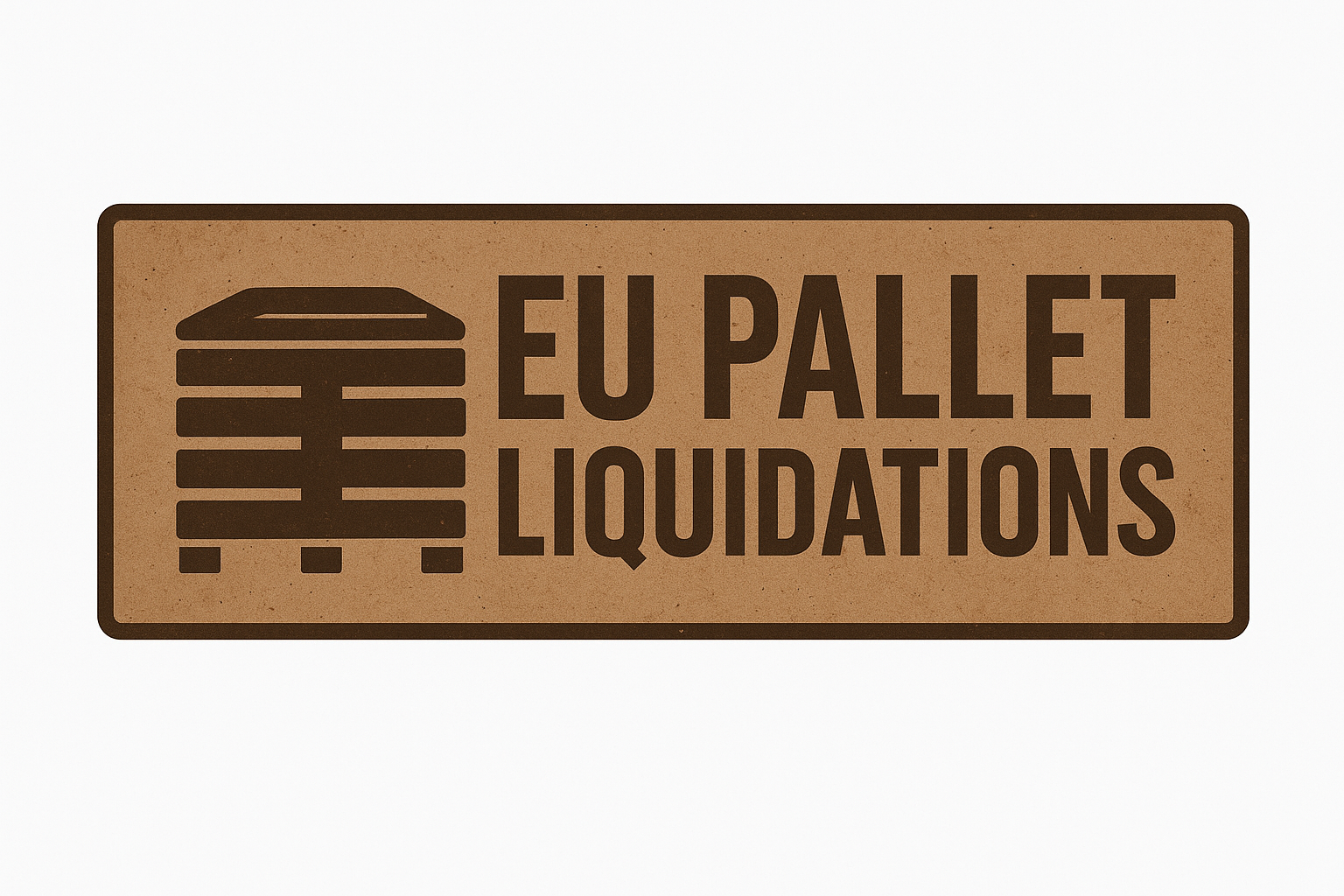The Ultimate Checklist for Inspecting Pallet Liquidation Items Before Purchase

The Ultimate Checklist for Inspecting Pallet Liquidation Items Before Purchase
Are you considering buying pallet liquidation items to grow your retail business, resell for profit, or stock up your warehouse? While pallet liquidation can be a fantastic way to acquire inventory at a fraction of the retail price, it’s essential to know how to properly inspect these pallets before making a purchase. Failing to do so can lead to unexpected costs, damaged goods, or inventory that doesn’t meet your needs. That’s why we’ve developed The Ultimate Checklist for Inspecting Pallet Liquidation Items Before Purchase—your comprehensive guide to ensuring you buy quality, value, and reliability every time.
Why Proper Inspection Matters
Pallet liquidation involves purchasing large quantities of assorted products, often from overstock, returns, or closeout sales. These pallets can contain a mix of good, damaged, expired, or returned items. Without thorough inspection, you risk buying pallets that don’t align with your business goals or that could cause headaches down the line.
Proper inspection helps you:
- Assess the quality of items
- Determine the true value of the pallet
- Avoid hidden damages or defects
- Ensure the items are suitable for resale or personal use
- Save money in the long run
The Ultimate Checklist for Inspecting Pallet Liquidation Items
1. Review the Product List or Inventory Summary
Start by requesting a detailed list or inventory summary from the seller. This should include:
- Types of items included
- Approximate quantities
- Item descriptions or SKUs
- Condition notes (new, used, damaged, refurbished)
Having this information upfront helps you decide if the pallet matches your requirements before physical inspection.
2. Examine the Pallet’s Condition and Packaging
- Check the integrity of the pallet itself—are there broken or weak spots?
- Look for signs of water damage, pest infestation, or mold.
- Assess how items are packaged—are they properly boxed or wrapped?
- Ensure the pallet is stable and easy to transport.
3. Verify the Condition of Items
Inspect a representative sample of products from the pallet:
- Check for damage such as cracks, dents, or broken parts.
- Look for signs of wear and tear if items are used.
- Confirm the functionality of electronic or mechanical items.
- For clothing or textiles, examine for stains, tears, or odors.
- For cosmetics or perishable goods, verify expiration dates and freshness.
4. Assess the Quality and Authenticity
- Confirm that branded items are genuine.
- Be wary of counterfeit or mislabeled products.
- For electronics, test a few units if possible.
5. Check for Recalls or Safety Alerts
Research whether any items in the pallet have recalls or safety notices, especially for electronics, children’s toys, or food products.
6. Evaluate the Potential Resale Value
Estimate the market value of the items:
- Are they in demand?
- Do they match current market trends?
- Will you be able to sell them at a profit?
Use online marketplaces like eBay, Amazon, or local classifieds for comparison.
7. Confirm the Seller’s Reputation and Return Policy
- Purchase from reputable liquidation companies or brokers.
- Understand their return or refund policies in case items are not as described.
- Read reviews or ask for references if possible.
8. Inspect Shipping and Handling Costs
Factor in shipping fees, especially for large pallets:
- Are shipping costs reasonable?
- Will additional fees apply for customs or import duties?
Including these costs in your overall budget ensures accurate profitability calculations.
Additional Tips for a Successful Pallet Inspection
- Visit the Seller’s Facility: If possible, inspect pallets in person before purchasing.
- Request Photos or Videos: If in-person inspection isn’t feasible, ask for detailed images or videos.
- Start Small: Begin with smaller pallets to minimize risk while learning the inspection process.
- Build Relationships: Work with trusted suppliers known for quality and transparency.
Final Thoughts
Buying pallet liquidation items can be a lucrative strategy for entrepreneurs, resellers, and business owners. However, success hinges on diligent inspection and informed decision-making. By following The Ultimate Checklist for Inspecting Pallet Liquidation Items Before Purchase, you’ll be better equipped to identify high-quality pallets, avoid costly mistakes, and maximize your profits.
Remember, thorough inspection isn’t just a precaution—it’s an essential step toward building a sustainable and profitable liquidation buying strategy. Happy hunting!
